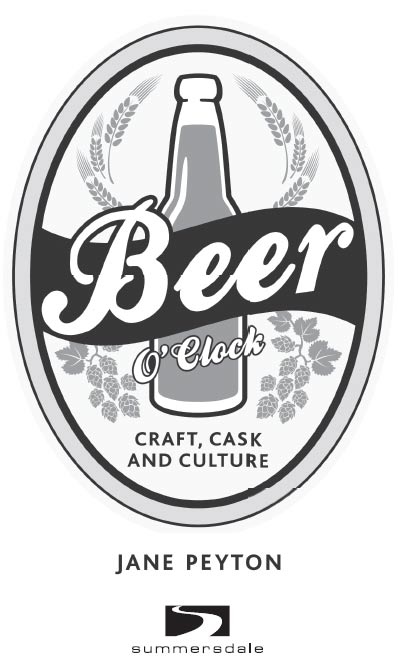BEER O'CLOCK: CRAFT, CASK AND CULTURE
Copyright Jane Peyton 2013
All rights reserved.
No part of this book may be reproduced by any means, nor transmitted, nor translated into a machine language, without the written permission of the publishers.
Jane Peyton has asserted her right to be identified as the author of this work in accordance with sections 77 and 78 of the Copyright, Designs and Patents Act 1988.
Condition of Sale
This book is sold subject to the condition that it shall not, by way of trade or otherwise, be lent, re-sold, hired out or otherwise circulated in any form of binding or cover other than that in which it is published and without a similar condition including this condition being imposed on the subsequent purchaser.
Summersdale Publishers Ltd
46 West Street
Chichester
West Sussex
PO19 1RP
UK
www.summersdale.com
eISBN: 978-1-78372-007-1
Substantial discounts on bulk quantities of Summersdale books are available to corporations, professional associations and other organisations. For details contact Nicky Douglas by telephone: +44 (0) 1243 756902, fax: +44 (0) 1243 786300 or email: nicky@summersdale.com.
Contents
Dedicated to Sara Barton,
who made my dreams of brewing come true.
Introduction
Peerless Beer
Some people have humanitarians or sports stars as role models. Mine is a fearsome old battleaxe in a hairnet Ena Sharples. She was the first person I ever saw drinking beer. I was six years old and can picture her now. There she would sit, with her friend Minnie Caldwell, in the snug of the Rovers Return, both of them enjoying a glass of milk stout as they gossiped about goings-on down Coronation Street.
A few years later as a teenager I ordered my first beer in a pub Tetley Light Mild and was instantly hooked. I enjoyed everything about the theatre of the pour the landlady pulling the handpump and filling the glass, then presenting me with the most gorgeous vision, a pint of tan-coloured beer with a voluptuous foamy head. This was a Yorkshire pint none of that 'no head on my beer, thank you very much' attitude that drinkers prefer in the south. It was love at first sight.
Back then my choice of pub was determined by whether it sold a good pint of Tetley cask beer. There were only four pubs in my home town of Skipton that did (out of more than twenty hostelries), so Friday night's pub crawl was fairly limited as most of the other boozers sold pasteurised beer and I knew that was the spawn of Satan. Today kegged beer is often superb but in the 1970s it was tasteless. When I went to university I abandoned my beery roots and started drinking cider for no other reason than it was cheap. But the siren call of hops was too seductive and I had a thunderbolt moment in The Junction Inn, Otley with a pint of Timothy Taylor Landlord Ale. Goodbye cider, I was back with beer.
A few years later I moved to the USA. This was before the craft-beer revolution had spread far, and the beer was rubbish. The consolation was that I lived in California where the wine is excellent. Nine years later, when I returned to live in the UK, friends met me at Heathrow and we drove straight to the pub. I ordered a pint of London Pride and wept. I was home.
From then on I made up for lost time and had a great time visiting pubs and trying a plethora of beers. Several of the most popular beer styles currently brewed around the world originated in Blighty: India pale ale, pale ale, brown ale, mild, porter, stout and barley wine. How fortunate to be living in a country with such a diverse selection of beers to help reacquaint me with one of the things that put the 'great' in Britain.
I wrote several books, including one about pubs, and decided that the most fun I could have in my working life would be to set up a business where I could share with others my passion for beer. In order to have credibility as someone who knows what they are talking about, I studied with the Wine & Spirit Education Trust and the Beer Academy, from where my beer sommelier accreditation came.
In 2008 I founded the School of Booze, a corporate events company that specialises in beer, cider, wine and spirits tasting. Now I evangelise about beer to people wearing suits! One of the most satisfying aspects of my job is changing people's perceptions of beer. Many people do not realise that beer is more than just a pint of Pilsner, bitter or stout down the boozer, so when they get to taste a magnificent Imperial India Pale Ale or Trappist beer made by monks and experience its aroma, flavour and complexity they are invariably surprised.
Converting women to drink beer is a particular mission of mine. Beer is for everyone regardless of gender but many women feel it is not the drink for them. There are several reasons why, including the assumption that it is highly calorific (it's not) and that it tastes bitter. Some beers are bitter, but many are not. At this point of the beer conversation with women I pull out my trump card a tangy Flanders red ale or a well-matured barley wine served in a tulipshaped glass neither of which is bitter-flavoured. Then I mention all the health benefits of a moderate consumption of beer, that the alcohol level of most beer is significantly lower than that of wine and spirits, and casually drop in the fact that beer was most likely invented by women. Quite often it works, and my tally of souls claimed for Ninkasi, goddess of beer, is rising.
I am devoted to good beer wherever it is made but there is no denying that British brewers make some of the best beer in the world. A quick note to the Aussies and Americans who say that Britons drink warm flat beer: compared to the artificially carbonated, ultra-chilled beers usually consumed in those countries, we do. And there's a reason. Depending on the style of ale, it is meant to be served at temperatures between 8 and 14 C so the amazing aromas and flavours may be enjoyed to the full. Any colder and the beautiful character of the beer is muted a person may as well drink fizzy iced water.
Ale is Britain's national drink and has been brewed here for millennia but, before hops were introduced into England in the fourteenth century, what people of the British Isles were drinking was a sweet libation lacking the bitterness that hops add to the brew. Beer was a hopped, bitter-flavoured beverage brewed in northern regions of continental Europe. Eventually ale and beer came to mean the same thing an alcoholic drink made from water, malted cereal, hops and yeast. In this book I use both terms, ale and beer, interchangeably, unless I am referring to the era before hops made their debut in England (c.1362).
Ale was so important in England that it was mentioned in Magna Carta. Clause 35 states: 'There shall be standard measures of wine, ale, and corn throughout the kingdom.' If it was significant enough in the thirteenth century to include in a document that set out the freedoms and laws of the land, why have modern governments taken such an aggressive attitude towards beer when it comes to taxation? Britons pay 40 per cent of the beer tax collected in the European Union, and drinkers in London and South East England pay more beer tax than the entire country of Germany (the world's second-highest consumer of beer).
This book is an introduction to beer for people who like it and want to know more. It is a guide to the friendliest and most wholesome of all alcoholic libations the drink for all moods and seasons. Exploring the diverse world of beer is great fun and, unlike any other alcoholic beverage, it is so packed full of nutrition and goodness that you'll be healthier at the end of the glass than you were when you started. During my research I especially enjoyed consulting these publications/blogs:

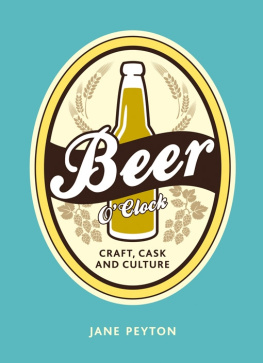
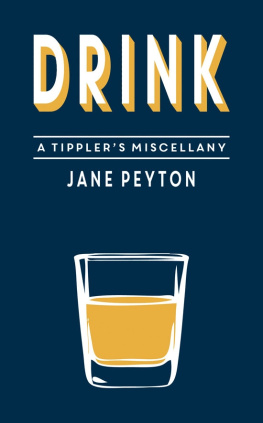
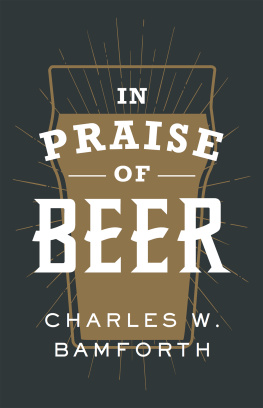
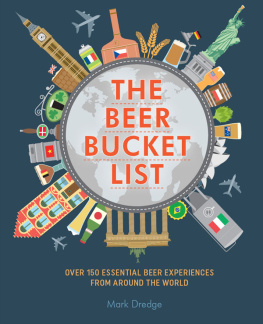
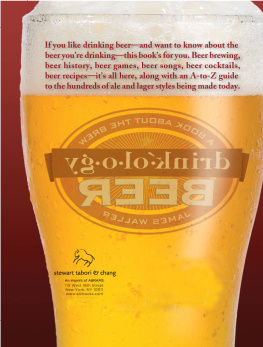
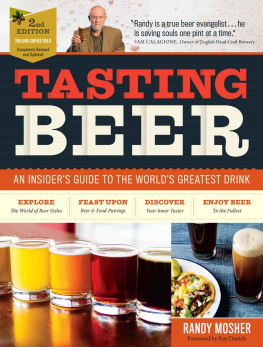
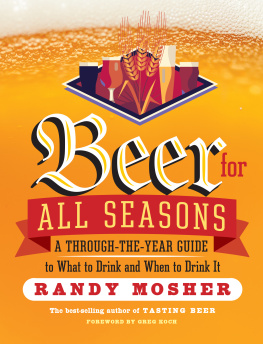


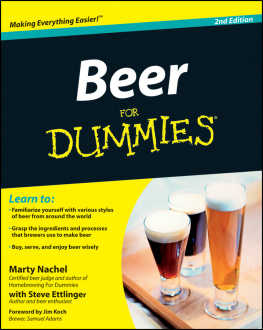
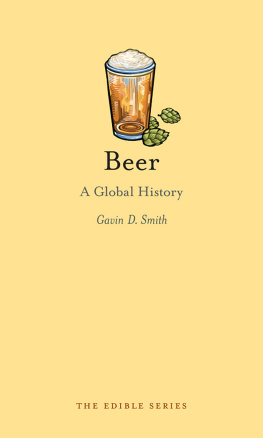
![Randy Mosher - Beer for all seasons : [a through-the-year guide to what to drink and when to drink it]](/uploads/posts/book/74958/thumbs/randy-mosher-beer-for-all-seasons-a.jpg)
